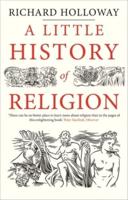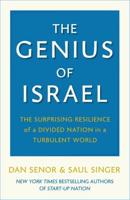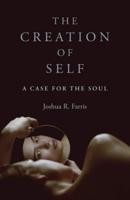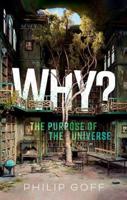Publisher's Synopsis
With No Other to Each Other, Wu Hsin raises the bar. No longer content to speak about the transcendent, he now addresses the immanent, clarifying that it is included in the transcendent. Such a view provides a resolution of the seeming incompatibility between the One and the many that has plagued philosophers since the beginnings of philosophy. It reminds one of the analogy of the fire and its sparks: the sparks that come off of a fire are both the same as that fire and different from it. They are the same insofar as they came from the fire, and are constituted by the same substance as fire. But they are also distinguishable from the original fire, as occupying a separate point in space. That-Which-Is contains both distinction and unity, substance and attribute, universal and particular, whole and parts, all the while maintaining the integrity of Identity immanent within differences.









